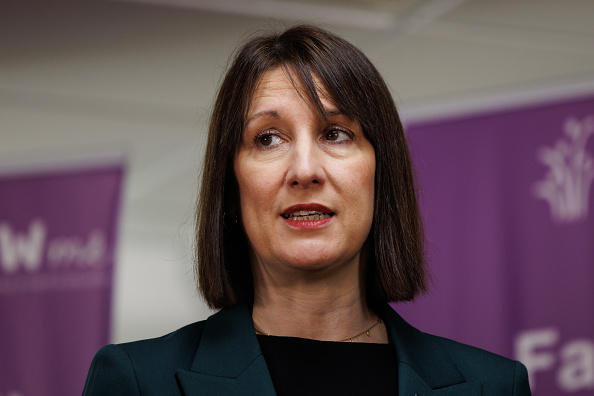Businesses are facing £1.5bn in upfront costs for Making Tax Digital (MTD), according to a report from the National Audit Office (NAO).
HMRC omitted the cost burden that will be placed on businesses in its May 2022 business case for Making Tax Digital. Each company will have to spend hundreds of pounds on altering its tax planning, updating software and covering the costs of advice.
In the May business case, HMRC forecast total net ongoing costs to taxpayers of around £900m over five years to comply with Making Tax Digital. The NAO found that, while HMRC had included details in an annex, it excluded the £1.5bn in upfront costs to VAT and self-assessment customers from the case’s cost-benefit analysis. The March 2023 business case omitted upfront costs to customers altogether.
The NAO report revealed HMRC had estimated average MTD costs for each business of £330. However, it went on to say that this could rise to £1,000 for some people.
“It’s obviously important that some business cases for major programmes such as this contain all the relevant information to support decision-making,” said Gareth Davies, head of the NAO.
Repeat delays have “undermined the programme’s credibility,” he added.
In 2018, the government spending watchdog reported that changes in MTD’s scope and delays had deferred the benefits for HMRC and that overall it expected MTD to cost rather than benefit business taxpayers.
Making Tax Digital also coaxes businesses into using third party accounting software in order to remain compliant. These services are often subscription-only, which is a win for software companies. One business owner complained to the Financial Times that subscribing to MTD accounting software costs him £1,512 a year.
Overall, MTD is three years late and five times’ over its original budget, with costs now expected to hit £1.3bn compared to the initial £226m estimate made in 2016. Only 3.2m tax records have been moved so far, with 14m still to be transferred.
The idea of Making Tax Digital was to boost HMRC income by £3.9bn by 2033, as businesses will make fewer mistakes and report more complete tax returns.
The plan now is to implement Making Tax Digital by 2027, but the NAO remarked on this being a “very challenging plan”.
Meg Hillier, chairman of Parliament’s Committee of Public Accounts, said: “Making Tax Digital by 2020 was never viable. HMRC wanted to increase tax revenue, but completely underestimated the cost and scale of work required to move from its legacy systems and by business taxpayers to move to digital records.
“Eight years on, many tax professionals remain unconvinced by the proposed approach, which imposes significant costs and burdens on many self-assessment business taxpayers.
“HMRC has omitted much of these costs to business taxpayers when seeking additional funding. It now needs to demonstrate its plans add up.”
The tax office announced last week that it would be closing its self-assessment helpline over the summer to deploy 350 members of staff elsewhere. Businesses trying to access the helpline will be directed to online guidance, digital assistant or webchat.
An HMRC spokesman said: “A project of this scale naturally comes with challenges, but Making Tax Digital will deliver a strong return on investment for the taxpayer. We have always been wholly transparent about costs for business. We remain committed to ensuring that free software will be available for those with the simplest tax affairs.”
Further reading
Basis Period Reform and Making Tax Digital: Everything you need to know – Who will be affected by the basis period reform? How will the new system work? And what do you need to do to prepare? We explain all
9 myths about Making Tax Digital busted – There’s been a lot of misinformation around Making Tax Digital (MTD), leaving many businesses wondering how exactly it applies to them, what their responsibilities are, and whether it will affect their tax liability
Making Tax Digital mothballed for millions of self-employed – HMRC postpones Making Tax Digital income tax reporting for millions of small businesses, raising threshold to £30,000 income from April 2026





